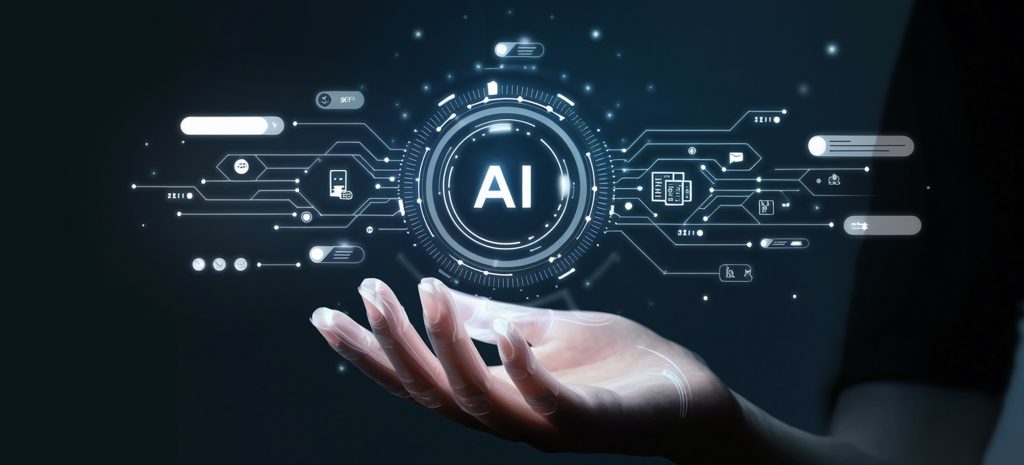Data Analysis and Data Science are interrelated fields that use data to extract insights, make decisions, and predict future events. However, they have distinct roles and emphases. Let’s dive into their definitions and explore their differences.
Key Aspects of Data Analysis:
- Descriptive Analysis: Understand what happened by examining historical data. This often involves generating statistics and visualizing data.
- Diagnostic Analysis: Investigate why something happened. This might entail more detailed explorations or statistical testing.
- Data Cleaning: Ensure the data is accurate, consistent, and usable.
- Data Visualization: Create charts, graphs, and dashboards to represent data visually and extract insights.
- Reporting: Summarize findings and communicate them to stakeholders.
Key Aspects of Data Science:
- Predictive Analysis: Predict future events using models derived from past data.
- Machine Learning: Design and implement algorithms that enable computers to perform tasks without being explicitly programmed.
- Big Data Technologies: Utilize tools and frameworks like Hadoop, Spark, and others to process large datasets.
- Advanced Analytics: Engage in deep learning, neural networks, and other advanced analytical methods.
- End-to-End Projects: Involves the entire data processing pipeline, from data collection and cleaning to deploying machine learning models.
- Interdisciplinary Nature: Combines knowledge from statistics, computer science, domain-specific knowledge, and more.
- Scope: While data analysis mostly revolves around understanding patterns in historical data, data science looks at big data from a holistic perspective, focusing on generating insights, building high-level analytics models, and developing algorithms and methods.
- Depth: Data analysis often stops at deriving and communicating insights from data, while data science delves deeper into advanced computations and predictive modeling.
- Tools & Techniques: Data analysts might use tools like Excel, SQL, simpler statistical tools, and basic data visualization software. In contrast, data scientists use more advanced tools and programming languages such as Python, R, machine learning frameworks, and big data technologies.


Leave a Reply